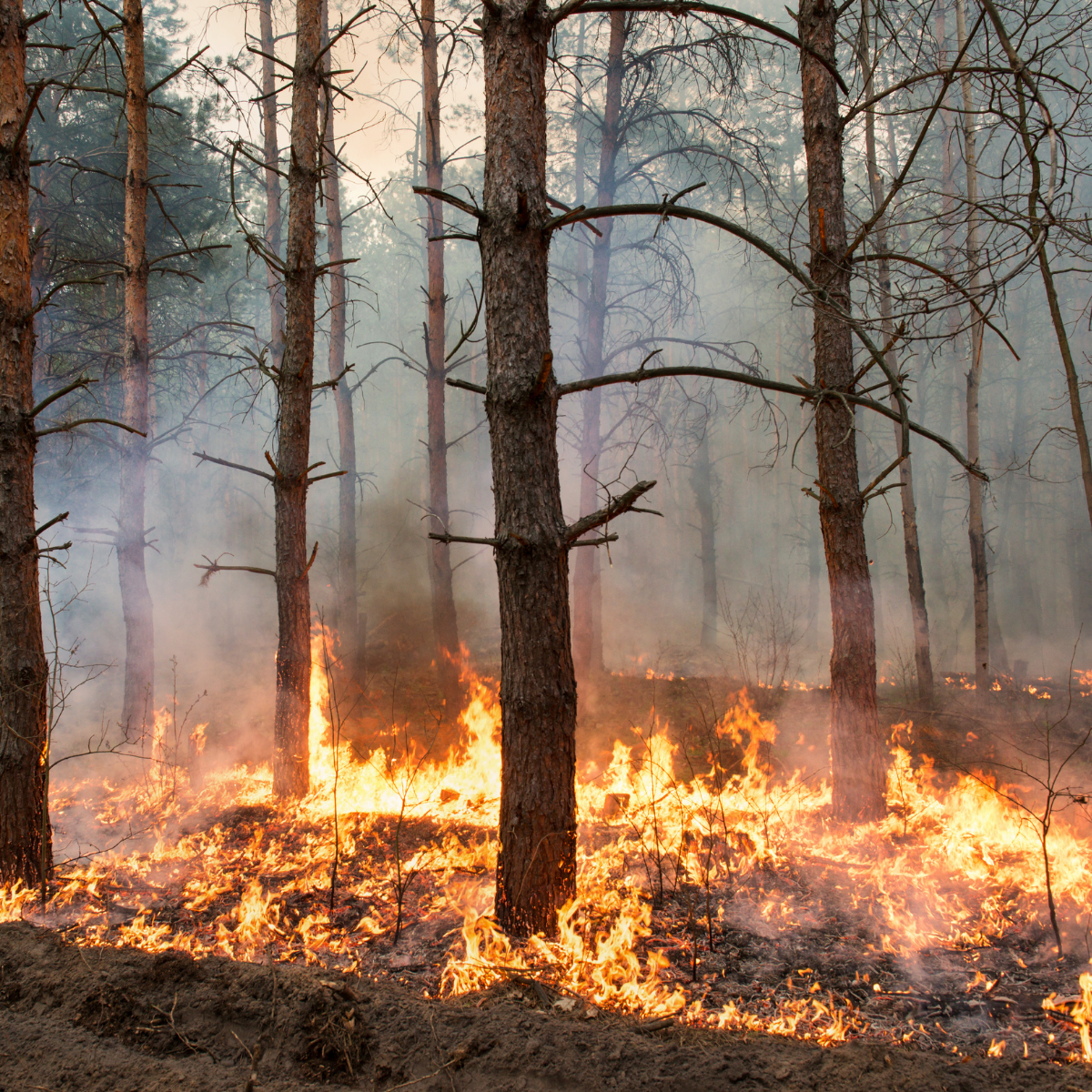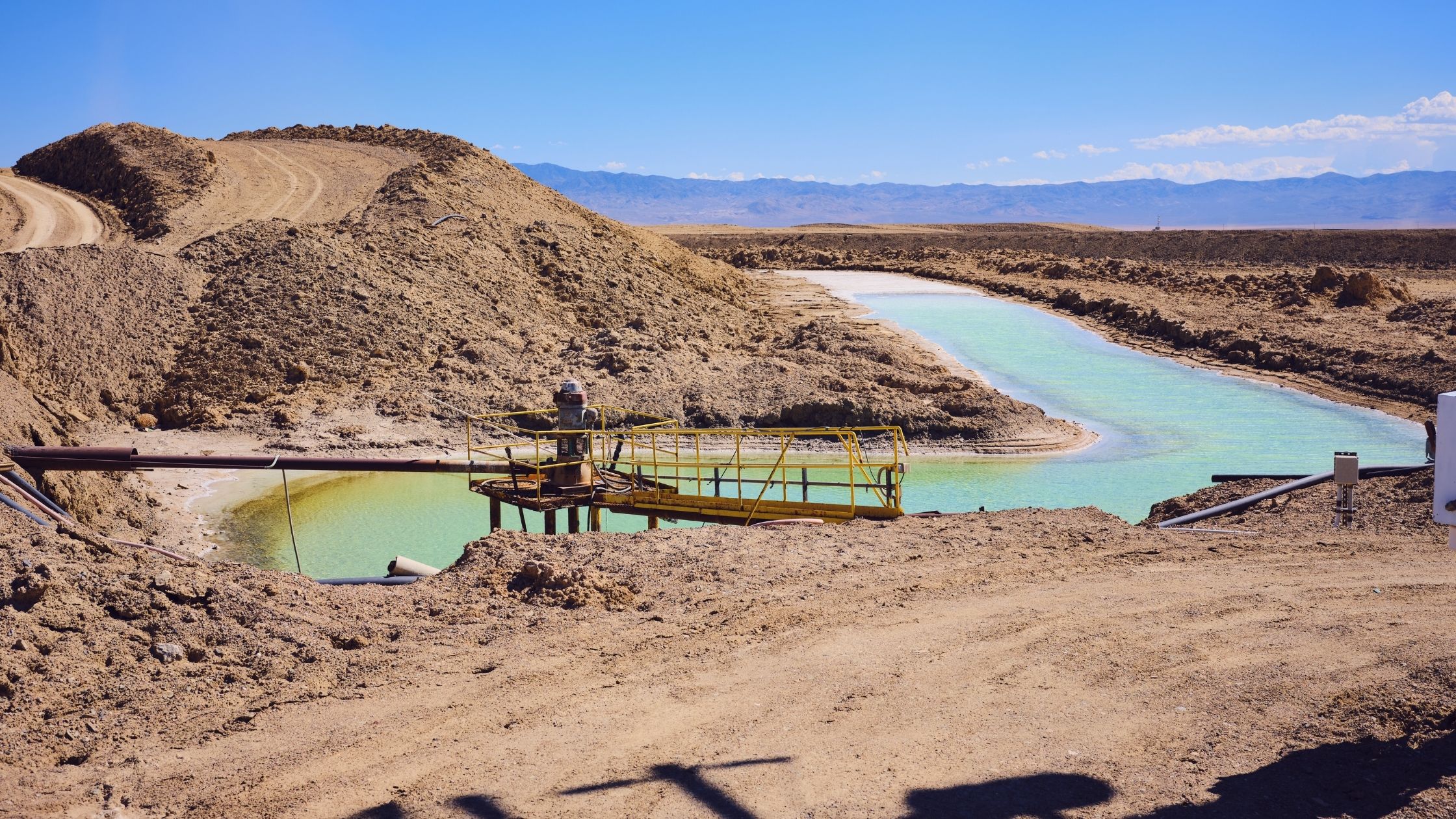
We can tackle wildfires with circular economics
What’s happening? Two Indian states have launched projects to convert chir pine needs into natural fibre to tackle the threat of forest fires in the Himalayan region. The dry needles are a main cause of forest fires and their trees prevent other species from growing. Himachel Pradesh and Uttarakhand use technology developed by the Forest Research Institute in Dehradun, which isolates fibres from the pine needles that can be used for a range of clothing, household and matting applications and as rope that can be used to stop large rocks in the region from falling. (News Click)
What’s happening? Two Indian states have launched projects to convert chir pine needles into natural fibre to tackle the threat of forest fires in the Himalayan region. The dry needles are a main cause of forest fires and their trees prevent other species from growing. Himachel Pradesh and Uttarakhand use technology developed by the Forest Research Institute in Dehradun, which isolates fibres from the pine needles that can be used for a range of clothing, household and matting applications and as rope that can be used to stop large rocks in the region from falling. (News Click)
What’s causing the problem? Climate change is partly to blame for north India’s increasing vulnerability to forest fires. Another factor heightening the risk is the historical removal of native broadleaf oak forest trees, which were heavily logged by settlers during India’s colonial period and replaced by pine trees. The replanting gradually altered the natural structure of northern India’s forests from mixed tree species to monoculture forests dominated by pine trees – which has obvious impacts for biodiversity.
The technique used to isolate fibres from the pine needles is relatively simple and does not require many resources, space to operate or energy, which makes it feasible for larger-scale applications. However, there are still some challenges, such safely storing the fire-prone needles. The method also offers an opportunity for localised income generation, which will benefit underprivileged communities particularly in rural areas.
Other applications include using the pine needles as a biofuel source. Social enterprise Avani Bio Energy is working to enable this, while benefiting locals through its community-focused business model. Separately, researchers have developed a method to convert the needles into fuel-grade ethanol using micro-organisms. US researchers are investigating a similar method to lower wildfire risk in areas such as California.
How else can circular solutions prevent disasters? Some areas of the US and Dublin are, perhaps surprisingly, deploying goats as a fire-prevention technique. The goats graze on unwanted vegetation while enriching the soil with their manure. Elsewhere, leftover oyster shells are being utilised to create natural buffer against floods in New York City. The city used to have an abundance of reefs before widespread overharvesting. The shells are collected from local restaurants, cleaned and set with microscopic larvae to become a habitat for baby oysters.
To intervene or not intervene? If left alone, most forests have a natural fire cycle which helps to regulate the build-up of decaying matter and maintain regeneration. Some Indigenous communities also set off small, controlled fires as a sustainable land management technique. From a climate perspective, some forests also benefit from intensive management, with this approach increasing carbon stocks by around one-third from 1990 to 2017. The approach in India falls into this category, and can help limit the increasing frequency of wildfires.


